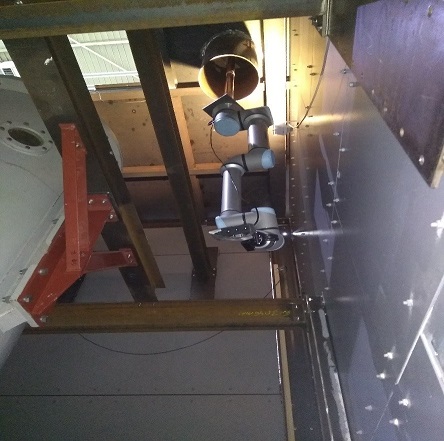
Raman Spectroscopy Adapted for Hazardous Material Sites
DALLAS, Aug. 31, 2020 — A new Raman spectroscopic system designed by Jacobs and IS Instruments is able to detect a weak laser signal even when located meters away from a target. The system increases safety and lowers cost when used to detect hazardous materials, such as radioactive contamination.
Currently, Raman spectroscopy is rarely used in nuclear decommissioning, due to access constraints and high-radiation fields restricting the typical working range of the spectrometer. The new method relies on remote vehicle operation to adapt to harsh settings, and retains Raman spectroscopy’s effectiveness in measuring chemical compounds.
The Raman probe attaches to multiple, various robotic and remotely operated platforms. The probe is able to reach within 2 m of the target and send a signal down an optical cable to the main Raman instrument. The main instrument is safely positioned away from the potential hazard site.

The Raman probe fits onto various robotic and remotely operated platforms including, pictured, a robotic arm designed to be lowered into a highly radioactive process cell. Courtesy of Jacobs.
"This new type of Raman system is an important breakthrough for the nuclear industry because it provides greater certainty about the presence of hazardous materials in high-radiation waste facilities, making the materials easier, cheaper, and safer to detect," said Clive White, Jacobs Critical Mission Solutions international senior vice president.
Legacy nuclear materials may contain significant amounts of poorly identified, unidentified, or unknown amounts of waste materials. Improving characterization capabilities can reduce decommissioning costs and timescales.
Jacobs and government agency Innovate UK have provided funding to take the system from proof-of-concept to commercial application. The system is currently in use detecting uranium, as well as substances such as kerosene and tributyl phosphate, which are used in reprocessing operations and can indicate the presence of plutonium or uranium contamination.
/Buyers_Guide/IS_Instruments_Ltd/c20399